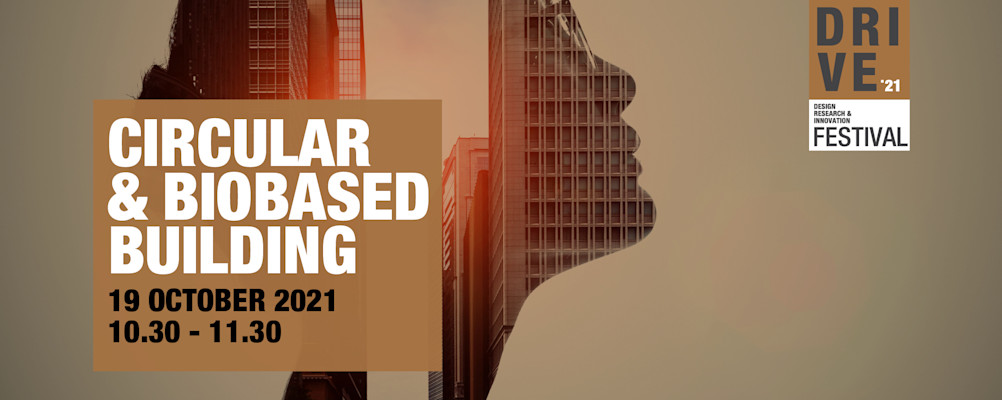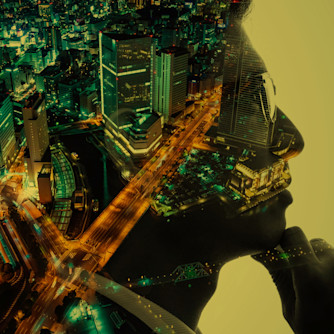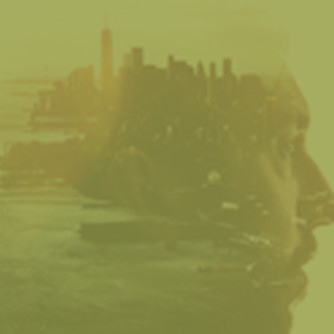DRIVE 2021 - Circular & Biobased Building
Just like last year, the Design Research & Innovation Festival took place in De Effenaar, during the Dutch Design Week. And just like last year, we - together with Design United turned it into a hybrid and interactive event that you could join from home. Five different themes in five days. Circular & Biobased Building was on Tuesday 19 October, from 10.30 - 11.30. About designing (for) a circular economy while at the same time dealing with challenges such as health, human waste and value scaling.







